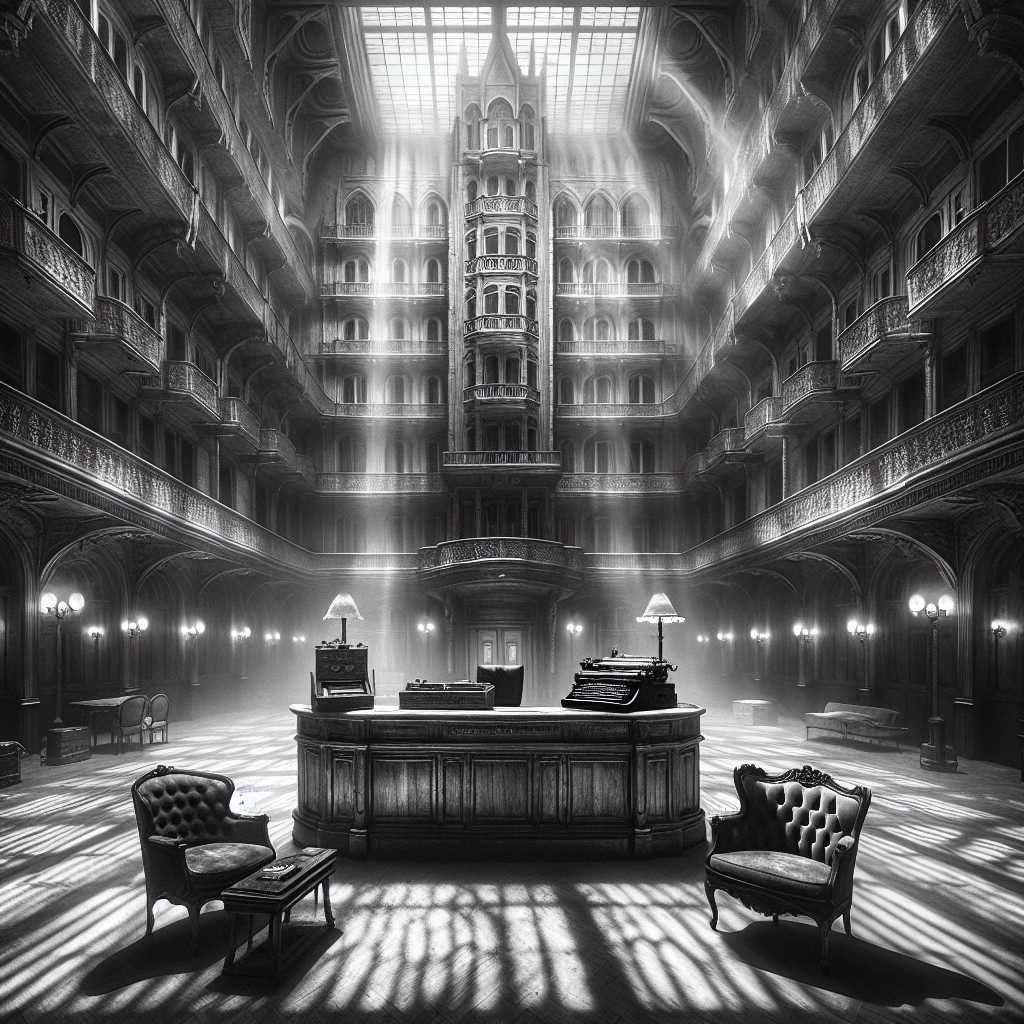The Enduring Legacy of The Shining: A Curtain between Reality and Madness
The Shining, a masterpiece of horror both on the page and screen, has left an undeniable mark on pop culture and the psyche of its audience. Authored by Stephen King and brought into cinematic life by director Stanley Kubrick, this haunting story of isolation, madness, and the supernatural explores the darkest corners of the human mind. This article delays a comprehensive examination of The Shining’s narrative components, influences, adaptations, and cultural significance.
Introduction to The Shining
The Shining first emerged as a novel written by Stephen King, published in 1977. It quickly became a bestseller due to its gripping narrative and the complex psychological horror embedded within the plot. King drew inspiration for the tale from his personal experiences and the ominous feeling he encountered during a stay at the Stanley Hotel in Colorado, which serves as the story’s setting. The hotel becomes a front-stage character alongside Jack Torrance, his wife Wendy, and their young son Danny.
From Page to Screen: Kubrick’s Masterful Adaptation
In 1980, Stanley Kubrick transformed The Shining into a cinematic experience that would stamp an enduring impression on film history. Although Stephen King famously disapproved of many elements of Kubrick’s adaptation, considering it a misinterpretation of his novel’’s essence, the film itself has become a touchstone in the horror genre. Jack Nicholson’s performance as Jack Torrance embodies the iconic image of a man slipping into the grasps of insanity.
Kubrick’s Direcciónalist Vision
Stanley Kubrick’s direction crafted The Shining into something far beyond a mere horror movie. Renowned for his meticulous nature and attention to detail, Kubrick’s approach curated ambience through long, brooding shots, unsettling symmetrical framing, and haunting musical scores. Subliminal messages and hidden symbolism pervade the film, prompting an array of interpretations and theories over the decades that followed.
Themes Explored in The Shining
Numerous thematic layers in The Shining have prompted intense discussion among scholars and fans alike. Some themes include:
–
Isolation: The narrative is fundamentally built around seclusion both physical and emotional.
– Madness: The slow descent into insanity suffered by Jack Torrance remains a pivotal focus.
– The Supernatural : Elements such as Danny’s “shining” abilities and the hotel’s own malevolent presence contribute to an aura of eerie mysticism.
– Influence of the Past: The novel and film suggest that past horrors are never truly gone and can resurface to affect the present. Character Analysis and Development
–
Madness: The slow descent into insanity suffered by Jack Torrance remains a pivotal focus.
– The Supernatural : Elements such as Danny’s “shining” abilities and the hotel’s own malevolent presence contribute to an aura of eerie mysticism.
– Influence of the Past: The novel and film suggest that past horrors are never truly gone and can resurface to affect the present. Character Analysis and Development
–
The Supernatural : Elements such as Danny’s “shining” abilities and the hotel’s own malevolent presence contribute to an aura of eerie mysticism.
– Influence of the Past: The novel and film suggest that past horrors are never truly gone and can resurface to affect the present. Character Analysis and Development
–
Influence of the Past: The novel and film suggest that past horrors are never truly gone and can resurface to affect the present. Character Analysis and Development
Character Analysis and Development
Central to the plot is Jack Torrance’s evolution from an aspiring writer and recovering alcoholic to a homicidal maniac. The dynamics within the Torrance family, along with Danny’s psychic ability known as “the shining,” render a profound portrait of dysfunction and resilience in adversity.
Visual Iconography and Symbolism
Kubrick utilizes memorable visual cues: the twins in the corridor signify both loss of innocence and cyclical doom; room 237 harbors unspeakable evils; while the sprawling labyrinth suggests both entrapment and Jack’s tangled psyche. These haunting images have become deeply ingrained in horror iconography.
Reception and Critical Analysis
Upon release, reactions to Kubrick’s film were mixed. Over time, however, it has been subject to numerous critical reevaluations positioning it as a deeply complex work.
The Shining’s Influence on Popular Culture
The movie’s influence is extensive—the phrase “Here’s Johnny!” has perforated common dialogue; scenes from the film have been parodied or outright replicated; and references appear in countless other creative works.
Contemporary Revisitations
King’s dissatisfaction with Kubrick led him to create a televised miniseries aligning more closely with his original vision. Boosted by tried-and-true storytelling skill and recognizably sinister pacing, this memory reasserts that television has potential for storytelling depth akin to cinema’s.
Reflections on The Dichotomy
A gulf stands between Stephen King’s literary narrative intent for The Shining and Stanley Kubrick’s translational choices for the film adaptation—an echo often found when bounding stories leap from book to screen.
